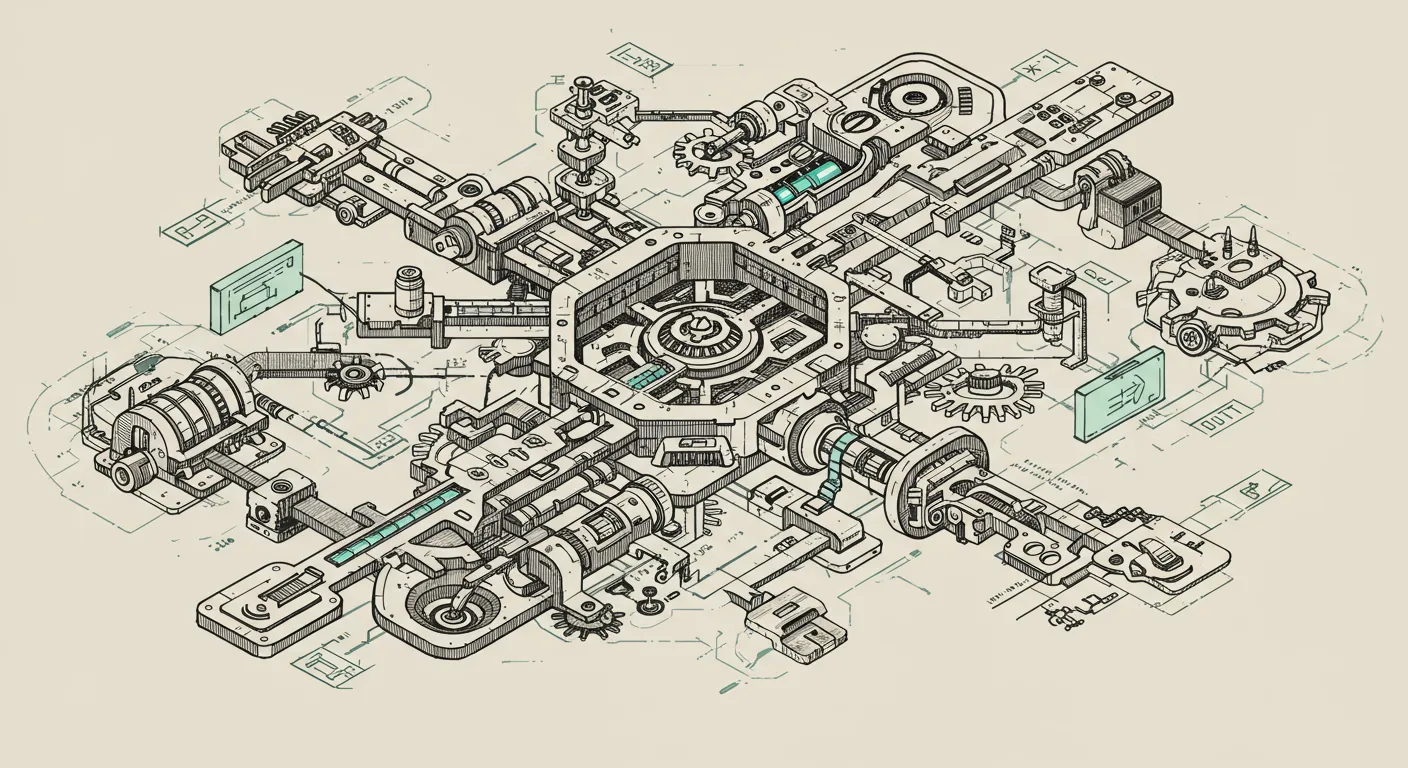In the ever-evolving landscape of software development, a new tool is emerging that promises to simplify the complex world of containerization and workflow management. Dagger, a dynamic platform, is challenging traditional approaches to building, testing, and deploying software by offering developers a more flexible and intuitive way to work with containers and pipelines.
At its core, Dagger is not trying to replace existing tools wholesale, but rather to provide a more adaptable and programmable interface for container-based development. Online commentators have highlighted its potential to solve long-standing pain points in software development, such as the difficulties of creating reproducible build environments and managing complex CI/CD pipelines.
The platform's most intriguing feature is its ability to work across multiple programming languages, allowing developers to write pipeline code in their preferred language. This flexibility is a significant departure from traditional, rigid build systems that often lock developers into specific workflows or languages. By providing SDKs for languages like Python, TypeScript, Go, and others, Dagger is making container workflows more accessible and customizable.
One of the most discussed aspects of Dagger is its approach to debugging and development. Instead of forcing developers to rebuild entire containers for minor changes, the tool offers interactive debugging capabilities. This means developers can more easily inspect and modify container builds, potentially saving significant time in the development process.
While some developers remain skeptical about yet another tool promising to revolutionize development workflows, others see Dagger as a promising solution to the increasingly complex world of containerized applications. Its modular approach and focus on developer experience suggest that it could become a valuable tool for teams looking to streamline their development and deployment processes.


